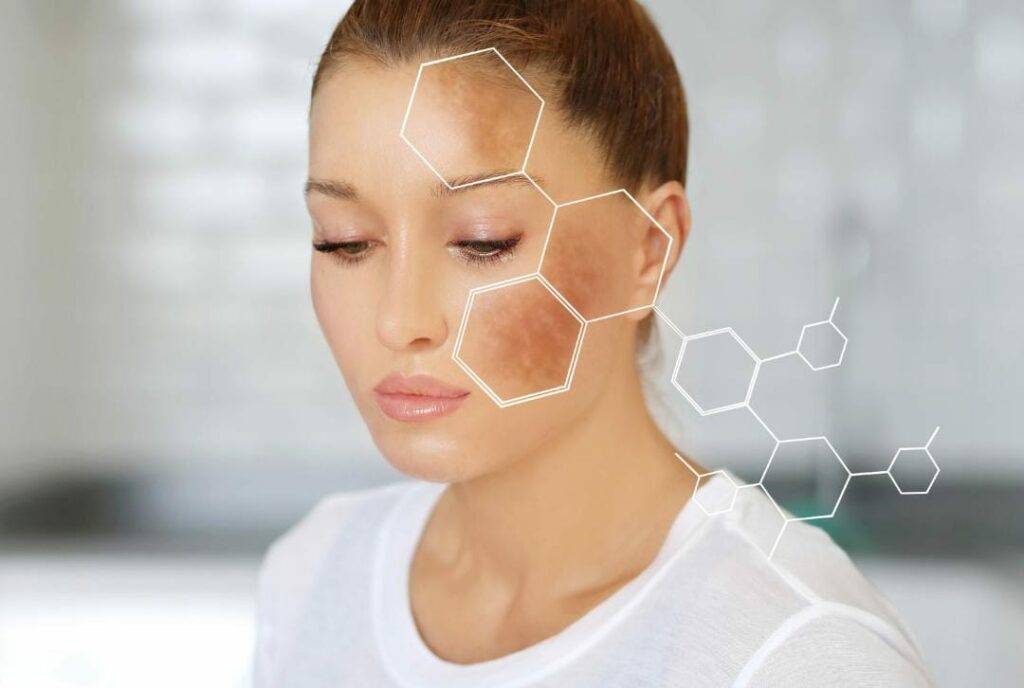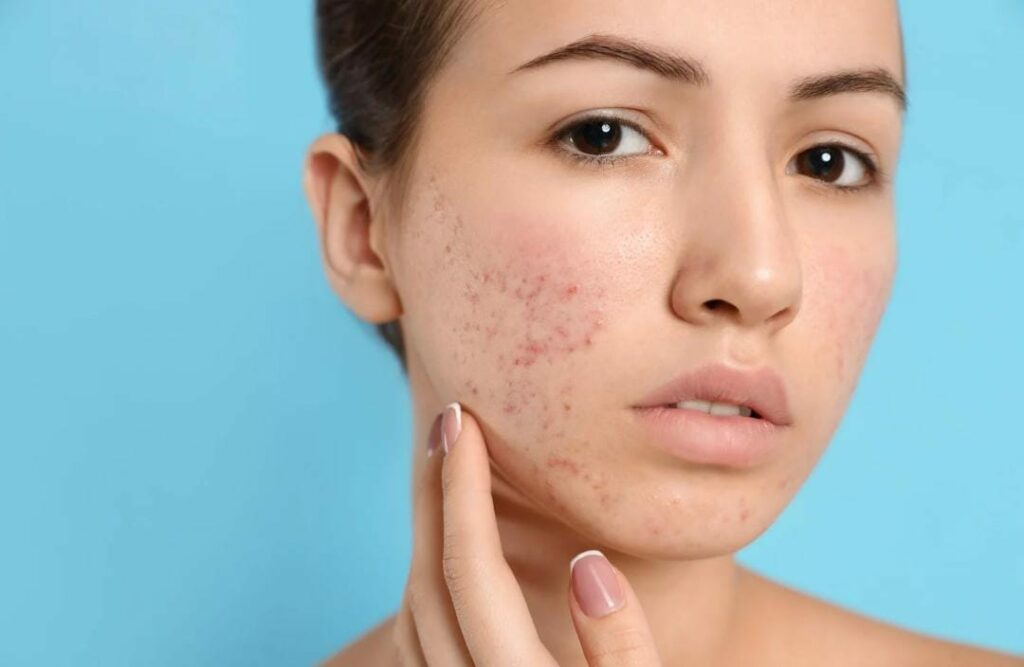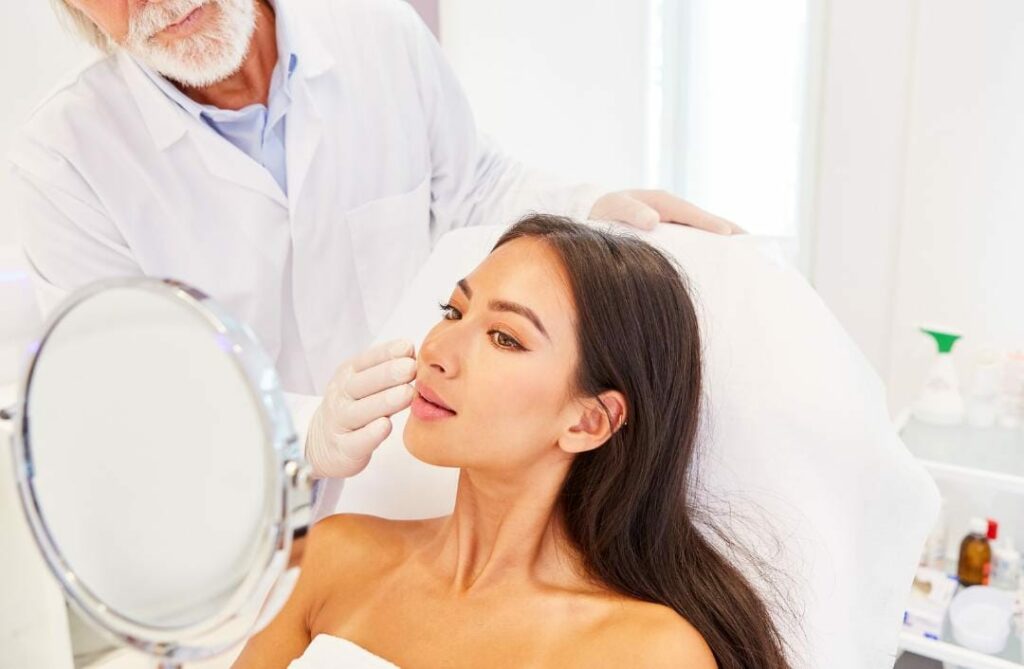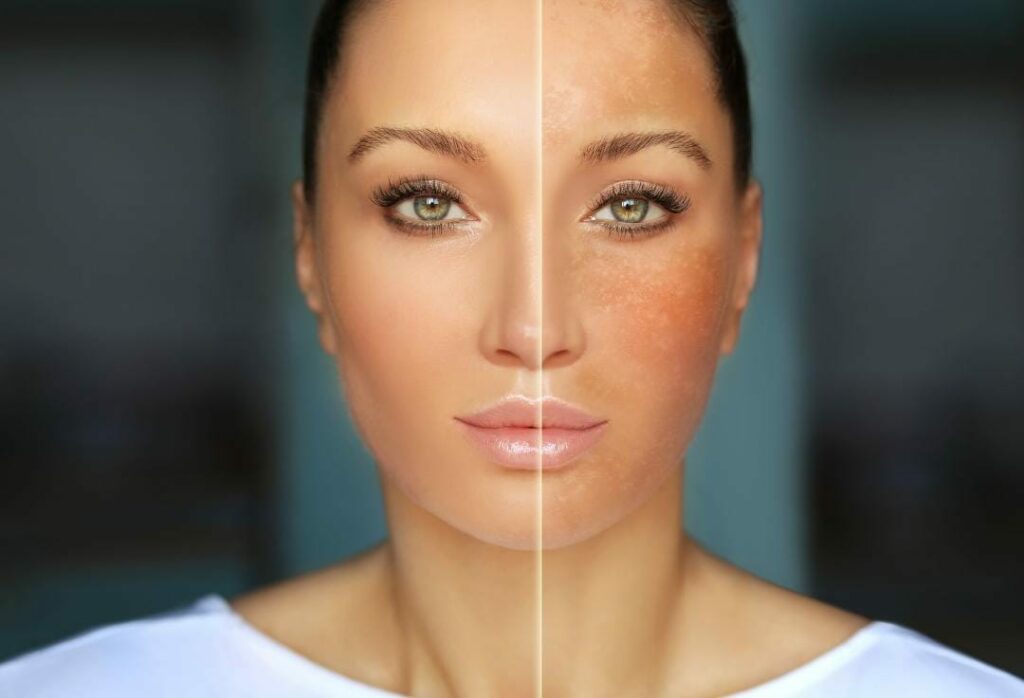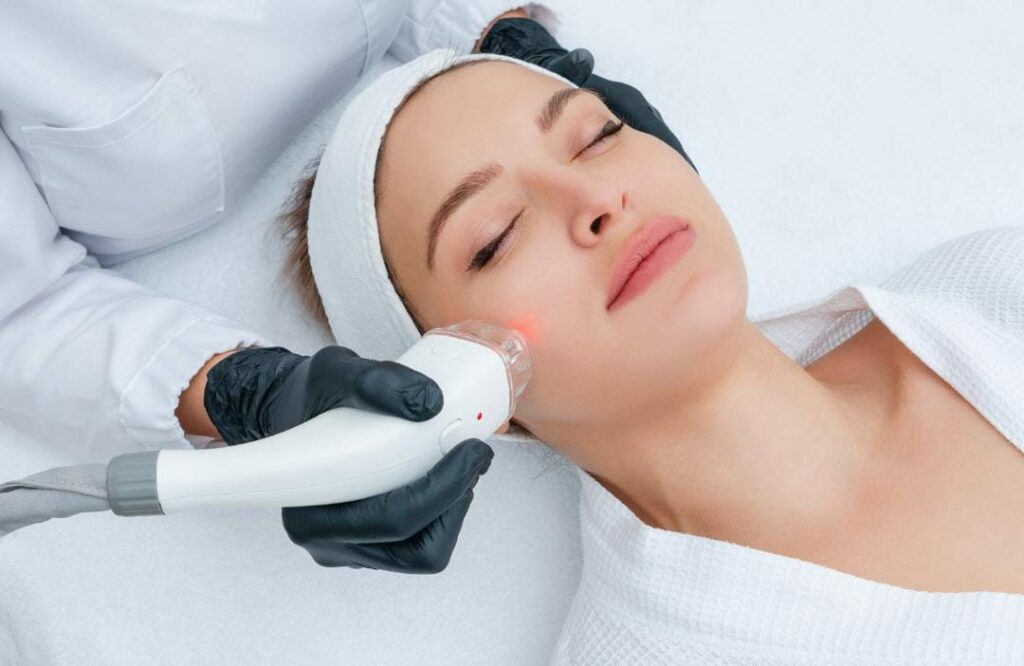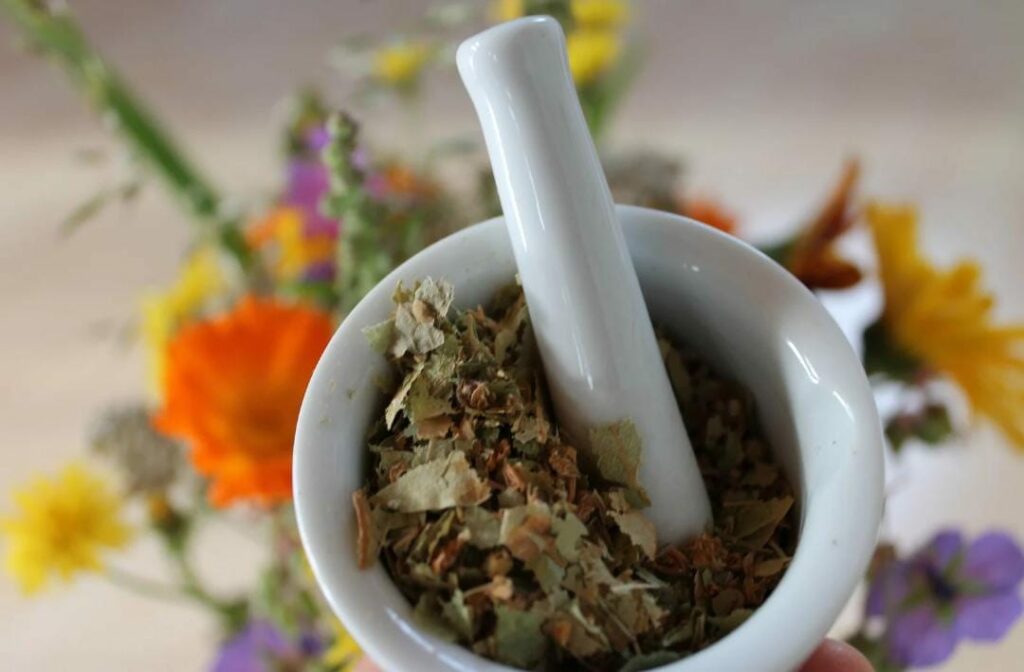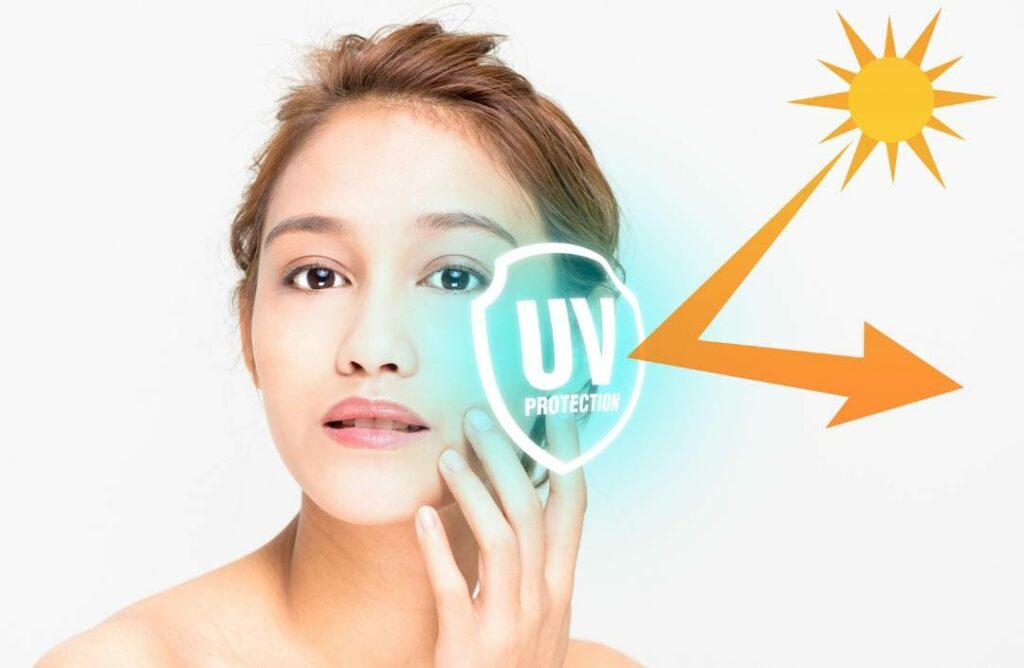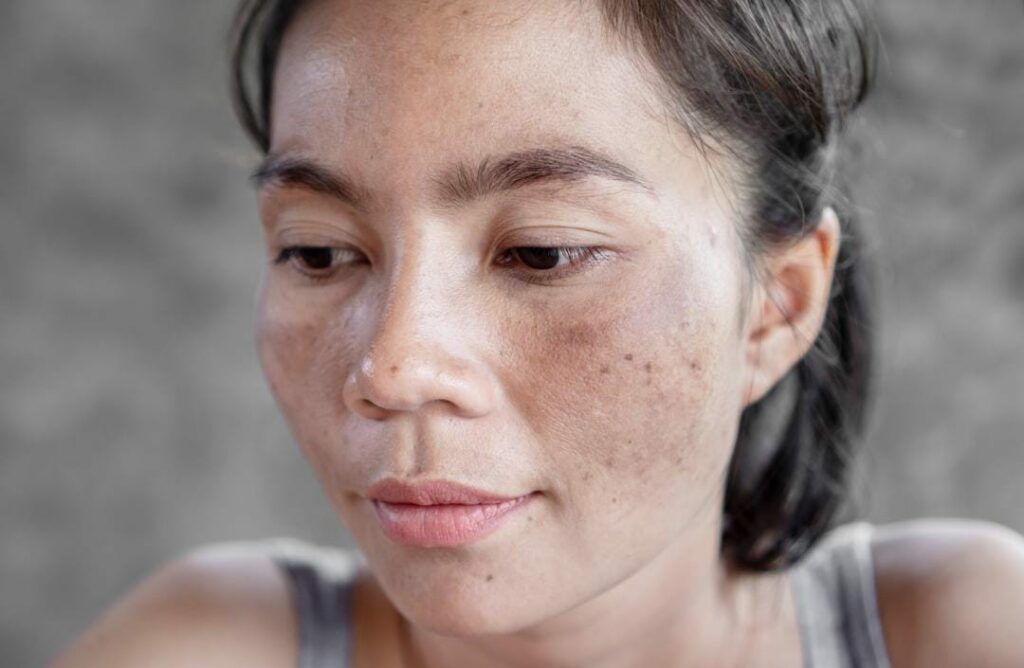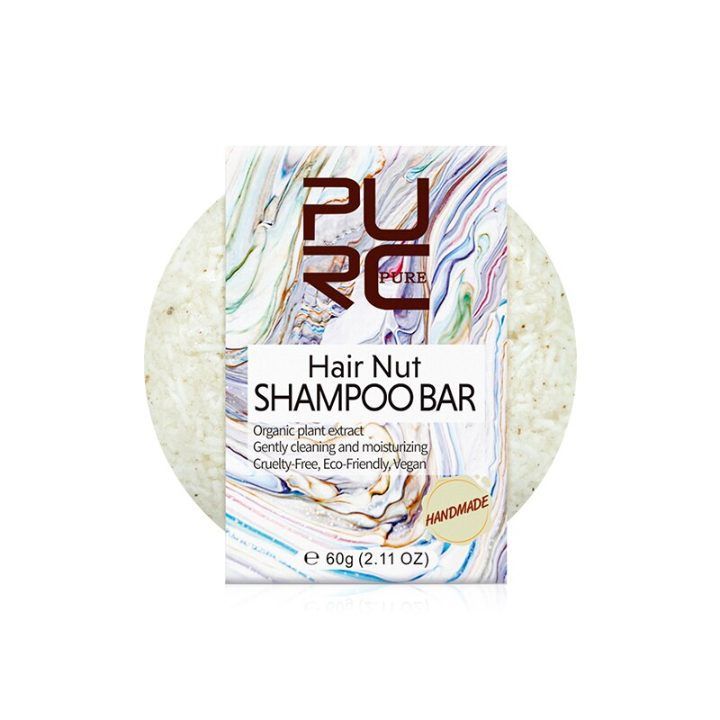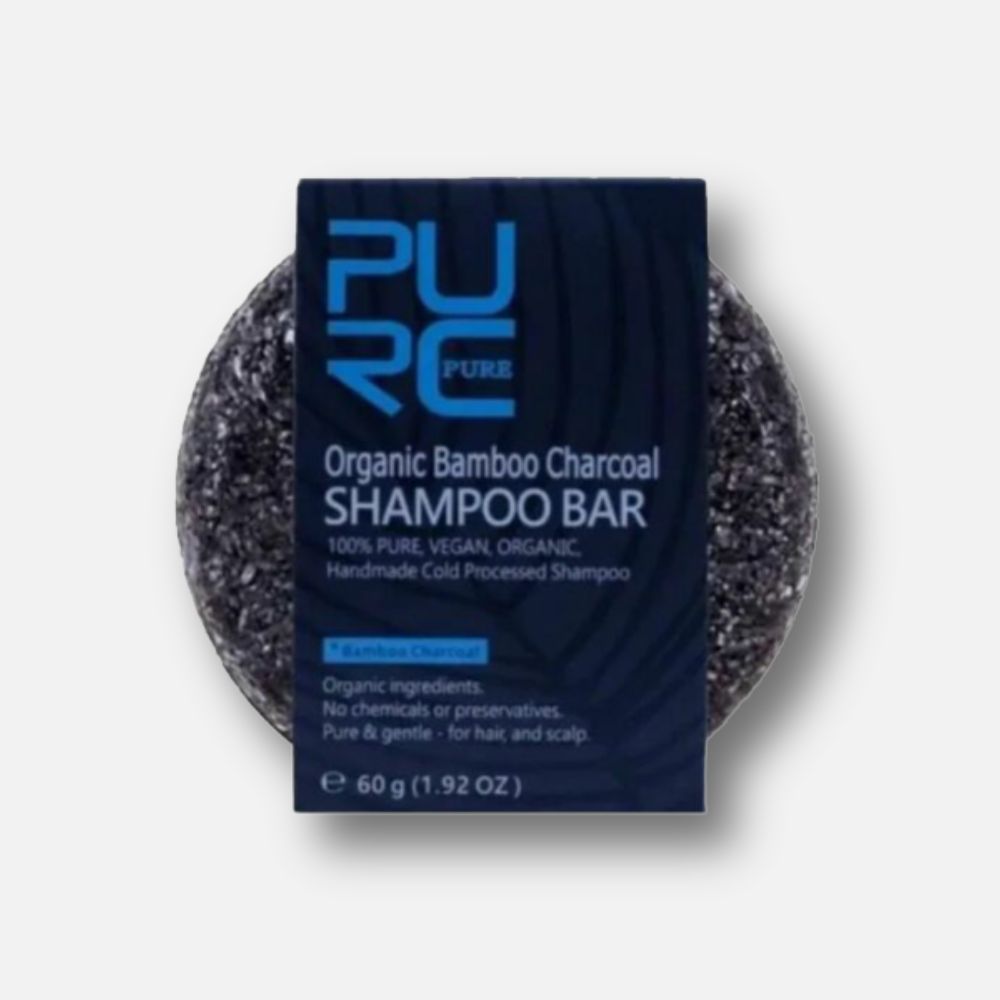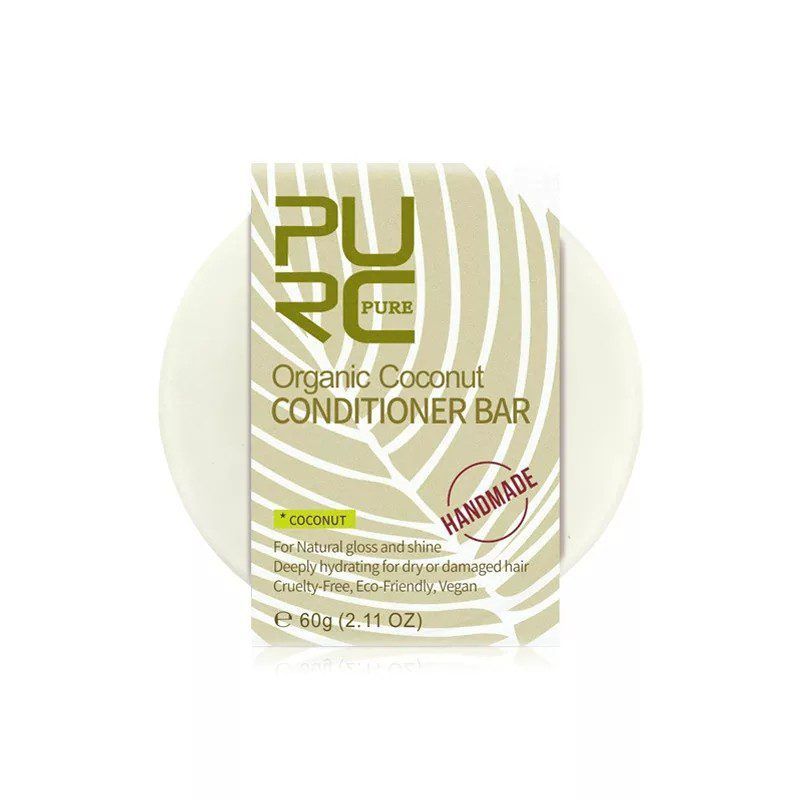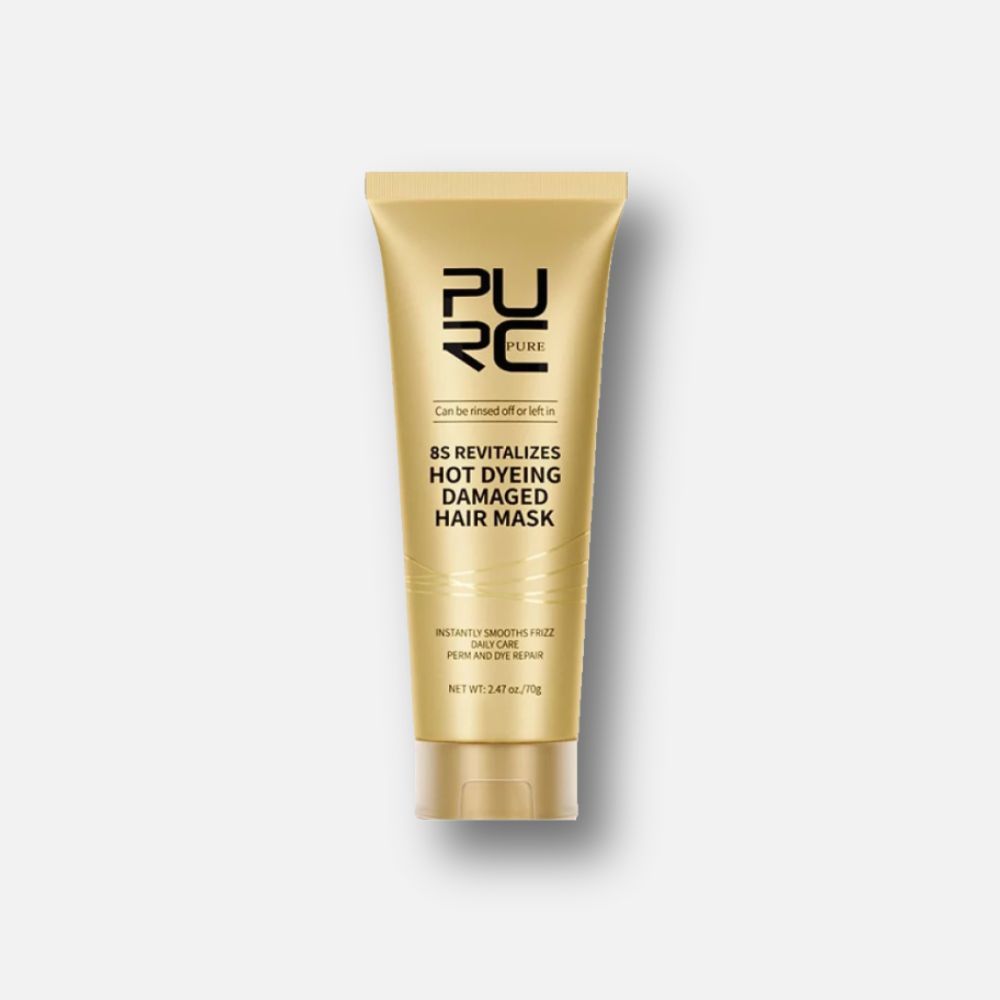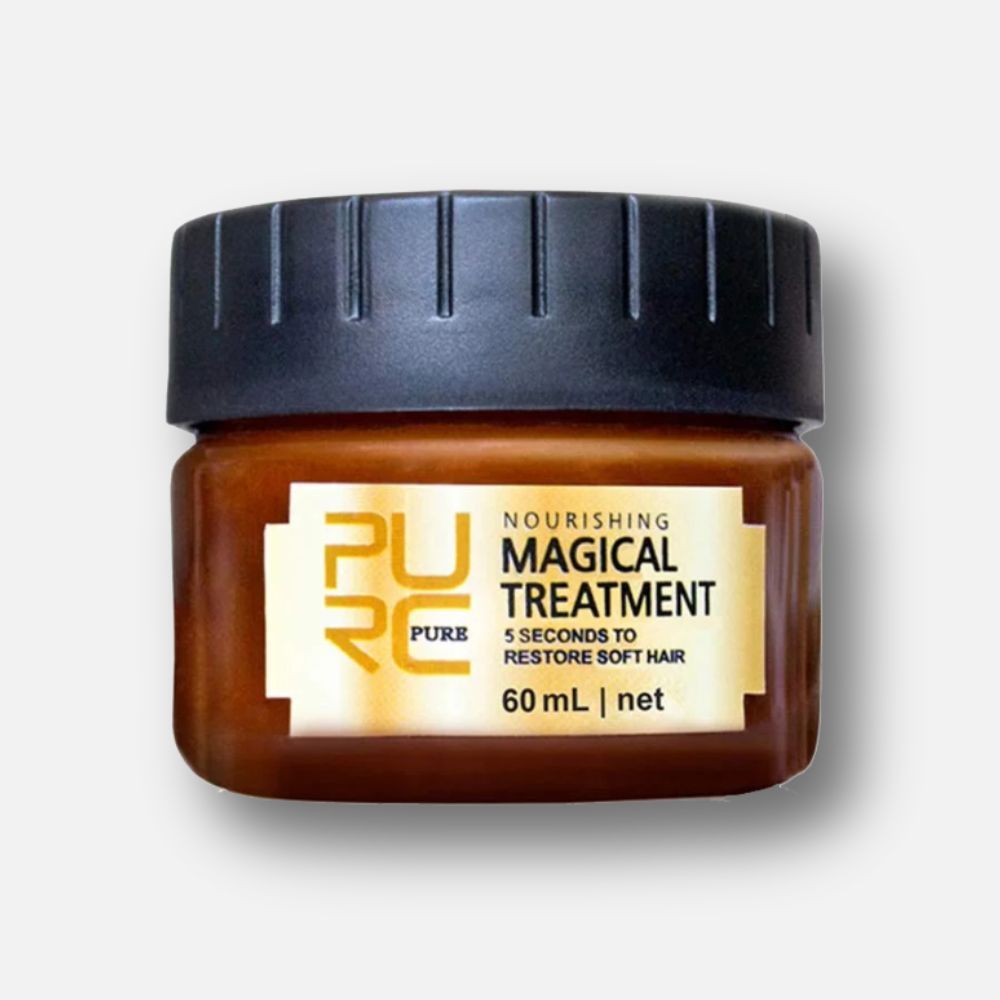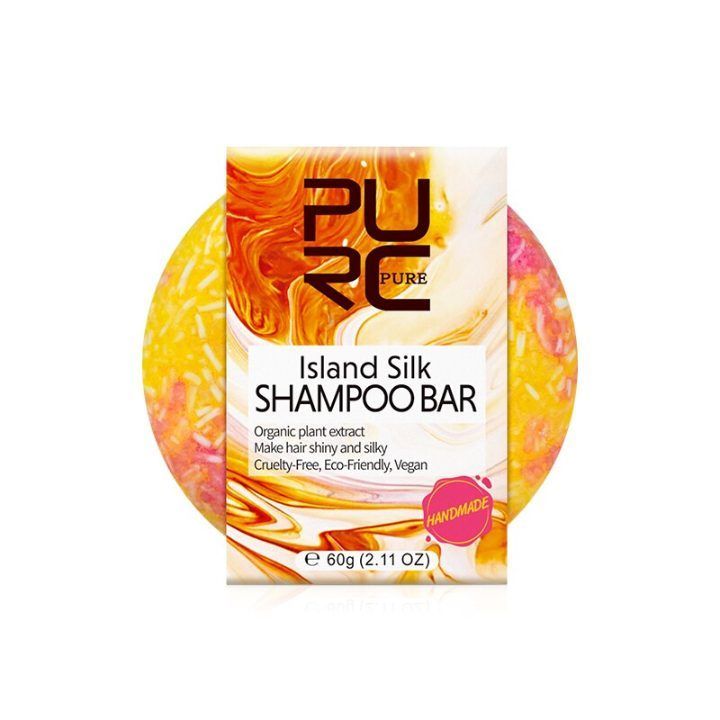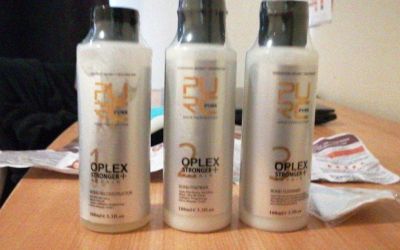If you love spending time outdoors, you may not realize how much sun damage your skin has accumulated. Sun damage can cause premature aging, wrinkles, dark spots, and skin cancer. But don’t worry; there is hope! This book teaches you how to assess, heal, and repair your sun-damaged skin with effective remedies and treatments.
You will also discover how to prevent further sun damage and build your skin’s resilience against UV rays. Plus, you will find tips on nurturing your emotional well-being after sun damage and read inspiring stories of overcoming sun damage challenges. This article is your ultimate guide to unmasking sun damage and restoring your skin’s health and beauty!
Assessing Sun Damage
Sun damage is the number one cause of aging and skin cancer. It can affect anyone, regardless of skin tone or age. But how can you tell if the sun has damaged your skin? And what can you do to prevent and treat it? In this section, we will explore some ways to identify and assess sun damage on your skin.
Identifying Visible Effects of Sun Damage
Some signs of sun damage are easy to spot. They include:
- Dry skin: Sun exposure can deplete your skin’s natural oils and moisture, making it look dry, flaky, and wrinkled.
- Sunburn: Sunburn is a painful skin inflammation caused by too much UV radiation. It can cause redness, swelling, blisters, and peeling.
- Actinic keratosis: Actinic keratosis is a rough, scaly patch on sun-exposed areas such as the face, ears, scalp, and hands. A precancerous condition can develop into squamous cell carcinoma if left untreated.
- Age spots: Age spots are flat, brown, or black dots that appear on the face, hands, arms, and chest. They are caused by excess melanin production in response to sun exposure.
Uncovering Subtle Indications of Sun Damage
Some effects of sun damage are not as noticeable, but they can still affect the health and appearance of your skin. They include:
- Loss of elasticity: Sun exposure can damage the collagen and elastin fibers that keep your skin firm and smooth. This can lead to sagging, wrinkling, and creasing.
- Uneven skin tone: Sun exposure can cause hyperpigmentation, the uneven distribution of melanin in your skin. This can result in dark spots, freckles, melasma, and other discolorations.
- Enlarged pores: Sun exposure can cause your pores to dilate and become more visible. This can make your skin look rough and dull.
- Broken capillaries: Sun exposure can weaken the walls of the tiny blood vessels under your skin, causing them to break and leak blood. This can result in red or purple lines or blotches on your face.
How Dermatologists Assess and Diagnose Sun Damage
If you are concerned about sun damage on your skin, you should consult a dermatologist. A dermatologist is a doctor who specializes in treating skin conditions. They can examine your skin and perform tests to assess the extent and type of sun damage you have. Some of the difficulties they may use are:
- Visual inspection: The dermatologist will look at your skin closely and check for any signs of sun damage such as dryness, sunburn, actinic keratosis, age spots, loss of elasticity, uneven skin tone, enlarged pores, and broken capillaries.
- Wood’s lamp: The dermatologist will use a unique device that emits ultraviolet light to illuminate your skin. This can reveal any hidden pigmentation or damage not visible to the naked eye.
- Skin biopsy: The dermatologist will take a small sample of your skin and send it to a laboratory for analysis. This can help diagnose any precancerous or cancerous lesions that may be present on your skin.
Sun damage is a severe issue that can affect anyone who spends time outdoors without adequate protection. It can cause various cosmetic and health problems for your skin, ranging from dryness and wrinkles to actinic keratosis and skin cancer. To prevent sun damage, wear sunscreen with SPF 30 or higher, avoid sun exposure during peak hours (10 a.m. to 4 p.m.), wear protective clothing and hats, and seek shade whenever possible. To treat sun damage, consult a dermatologist who can assess your skin condition and recommend the best options.
Healing And Repairing Sun-Damaged Skin
Sun damage is one of the leading causes of premature aging, dark spots, wrinkles, and skin cancer. But don’t worry; you can reverse some signs of sun damage and restore your skin’s health and beauty with these effective remedies.
Effective Remedies for Sunburn Relief
If you have sunburn, you first need to cool down your skin and prevent further damage. Apply a cold compress or aloe vera gel to the affected area to soothe the inflammation and pain. You can also take an anti-inflammatory medication like ibuprofen or aspirin to reduce swelling and discomfort. Drink plenty of water to stay hydrated and avoid alcohol, caffeine, and spicy foods that can dehydrate you more. Avoid popping blisters or peeling skin, as this can lead to infection and scarring.
Skin Treatments For Restoring Sun-Damaged Skin
To improve the appearance of sun-damaged skin, you can try some of these skin treatments that can exfoliate, brighten, and rejuvenate your skin:
- Laser treatments: These use intense pulses of light to target and destroy damaged skin cells, stimulate collagen production, and smooth out fine lines and wrinkles. They can also fade dark spots, reduce redness, and improve skin texture and tone.
- Chemical peels: These use acids to remove the top layer of dead skin cells, revealing a fresher and smoother skin underneath. They can also help with hyperpigmentation, acne scars, and enlarged pores.
- Microdermabrasion: This is a gentle form of exfoliation that uses tiny crystals to buff away dull and rough skin, leaving it softer and more radiant. It can also improve the penetration of skincare products and enhance their effects.
Harnessing Botanical Remedies for Sun Damage Repair
Some natural ingredients have potent antioxidant and anti-inflammatory properties that can help heal sun-damaged skin and protect it from further harm. Here are some of them:
- Vitamin C: This potent antioxidant can neutralize free radicals, boost collagen synthesis, and brighten skin tone. You can find it in citrus fruits, berries, peppers, broccoli, and kale. You can also apply it topically in serums or creams for better absorption.
- Green tea: This is another antioxidant-rich ingredient that can reduce inflammation, soothe irritation, and prevent DNA damage from UV rays. You can drink it as tea or apply it as a toner or mask for your skin.
- Resveratrol: This polyphenol is found in grapes, red wine, peanuts, and berries. It can protect the skin from oxidative stress, stimulate cell renewal, and improve elasticity and firmness.
These tips can heal your sun-damaged skin and help you enjoy a healthy and youthful glow.
Building Skin Resilience Against Sun Damage
Sun damage is the number one cause of aging and skin cancer. It can lead to dry skin, sunburn, wrinkles, age spots, and actinic keratosis. But don’t worry; you can reverse some of the effects of sun damage and protect your skin from further harm. Here are some tips on how to do that.
Understanding Sunscreen and Choosing the Right Protection
Sunscreen is your best friend when it comes to preventing sun damage. It blocks the sun’s harmful ultraviolet (UV) rays that can damage your skin cells’ DNA. You should use sunscreen with at least SPF 30 and broad-spectrum protection, which protects against UVA and UVB rays.
Apply sunscreen generously and evenly to all exposed areas of your skin at least 15 minutes before going outside. Reapply every two hours or more often if you sweat or swim.
Superfoods and Supplements for Sun-Damaged Skin
What you eat can also affect your skin health. Some foods and supplements have antioxidants to help repair sun-damaged skin and prevent further damage. Antioxidants are substances that fight free radicals, which are unstable molecules that can harm your skin cells. Some examples of antioxidant-rich foods and supplements are:
- Vitamin C: This vitamin helps boost collagen production, a protein that gives skin structure and elasticity. It also helps fade dark spots and brighten your complexion. You can find vitamin C in citrus fruits, strawberries, kiwis, bell peppers, broccoli, and supplements.
- Vitamin E: This vitamin helps protect your skin from UV damage and inflammation. It also helps moisturize your skin and heal wounds. You can find vitamin E in nuts, seeds, vegetable oils, leafy greens, and supplements.
Beta-carotene is a pigment that gives some fruits and vegetables their orange or red color. It can help protect your skin from sunburn and reduce the risk of skin cancer. You can find beta-carotene in carrots, sweet potatoes, pumpkins, apricots, mangoes, and supplements.
Habits That Help Prevent Sun Damage
Besides using sunscreen and eating well, some other habits can help you prevent sun damage and keep your skin healthy. Here are some of them:
- Avoid peak sun hours: The sun is strongest between 10 a.m. and 4 p.m., so limit your exposure during this time. Seek shade or wear protective clothing, such as hats, sunglasses, and long sleeves.
- Avoid tanning beds: Tanning beds emit UV rays that are even more intense than the sun’s. They can cause premature aging, wrinkles, dark spots, and skin cancer. There is no such thing as a safe tan.
- Check your skin regularly: Look for any changes, such as new or changing moles, spots, bumps, or sores. If you notice anything unusual or suspicious, see a dermatologist as soon as possible. Early detection is vital for treating skin cancer.
Sun damage can have severe consequences for your skin health and appearance, but you can take steps to reverse some of the effects and prevent further damage.
Nurturing Your Emotional Well-being After Sun Damage
Sun damage can affect more than just your skin. It can also impact your mental and emotional health, especially if you have visible signs of aging, discoloration, or scarring. You may feel self-conscious, anxious, or depressed about your appearance and how others perceive you. You may also experience guilt, regret, or anger for not protecting your skin enough from the sun’s harmful rays.
But you don’t have to let sun damage ruin your mood or life. There are ways to cope with sun damage’s emotional and psychological effects and restore your confidence and happiness. Here are some stories of people who overcame their sun damage challenges and some tips on how you can do the same.
Stories of Overcoming Sun Damage Challenges
- Jane, 45, had severe sunburns as a child and developed brown spots and wrinkles on her face as an adult. She felt embarrassed and old whenever she looked in the mirror or met new people. She decided to try cosmetic treatments, such as chemical peels and laser resurfacing, to improve her skin texture and tone. She also started using sunscreen and moisturizer every day to prevent further damage. She was amazed by the results and felt more comfortable and attractive in her skin.
- Mark, 32, was diagnosed with melanoma, a type of skin cancer, after noticing a suspicious mole on his back. He underwent surgery to remove the tumor and had to deal with the physical and emotional scars of the procedure. He feared recurrence and felt angry at himself for not being more careful with sun exposure. He joined a support group for skin cancer survivors and learned to cope with his fears and emotions. He also became more proactive about his health and checked his skin regularly for any changes.
- Lisa, 28, loved tanning and spent hours under the sun or in tanning beds. She noticed that her skin became dry, dull, and leathery over time. She also developed fine lines and freckles that made her look older than her age. She realized she was damaging her skin and risking her health for a temporary tan. She decided to quit tanning and embrace her natural skin color. She also used natural remedies, such as aloe vera and coconut oil, to hydrate and heal her skin.
Sun damage can adversely affect your mental and physical health, but it doesn’t have to define or limit you. By caring for your skin and emotional well-being, you can overcome the challenges of sun damage and live a healthy and happy life.
Takeaway
You have learned a lot about sun damage and how it affects your skin in this article. You have also discovered some practical ways to heal and repair your skin and prevent further damage. Sun damage is not inevitable, and you can take steps to protect your skin and improve its appearance.
Always use sunscreen, avoid excessive sun exposure, eat a healthy diet, and consult a dermatologist if you have any concerns. By following these tips, you can enjoy the benefits of the sun without compromising your skin health.

